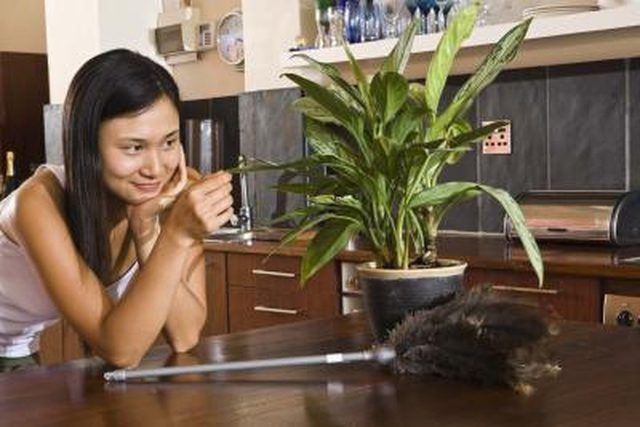Bulbs
Flower Basics
Flower Beds & Specialty Gardens
Flower Garden
Garden Furniture
Garden Gnomes
Garden Seeds
Garden Sheds
Garden Statues
Garden Tools & Supplies
Gardening Basics
Green & Organic
Groundcovers & Vines
Growing Annuals
Growing Basil
Growing Beans
Growing Berries
Growing Blueberries
Growing Cactus
Growing Corn
Growing Cotton
Growing Edibles
Growing Flowers
Growing Garlic
Growing Grapes
Growing Grass
Growing Herbs
Growing Jasmine
Growing Mint
Growing Mushrooms
Orchids
Growing Peanuts
Growing Perennials
Growing Plants
Growing Rosemary
Growing Roses
Growing Strawberries
Growing Sunflowers
Growing Thyme
Growing Tomatoes
Growing Tulips
Growing Vegetables
Herb Basics
Herb Garden
Indoor Growing
Landscaping Basics
Landscaping Patios
Landscaping Plants
Landscaping Shrubs
Landscaping Trees
Landscaping Walks & Pathways
Lawn Basics
Lawn Maintenance
Lawn Mowers
Lawn Ornaments
Lawn Planting
Lawn Tools
Outdoor Growing
Overall Landscape Planning
Pests, Weeds & Problems
Plant Basics
Rock Garden
Rose Garden
Shrubs
Soil
Specialty Gardens
Trees
Vegetable Garden
Yard Maintenance
Bleeding Heart Plant & Yellow Leaves
Bleeding Heart Plant & Yellow Leaves. There are two kinds of unrelated bleeding heart plants. One is an indoor houseplant called the bleeding heart vine. The other is an outdoor landscape flower called dicentra. Yellow leaves, on either plant, are caused by lack of nutrients, insufficient light or root rot.

There are two kinds of unrelated bleeding heart plants. One is an indoor houseplant called the bleeding heart vine. The other is an outdoor landscape flower called dicentra. Yellow leaves, on either plant, are caused by lack of nutrients, insufficient light or root rot.
Roots
Dicentra, the landscape bleeding heart, prefers moist soils. Plant dicentra in a well draining soil but provide mulch to help retain moisture. Bleeding heart vine, the indoor plant, may have yellow leaves due to root rot brought on by excessive watering and incorrect container size. If roots protrude from the bottom of the pot then repot the plant.
Light
Outdoor dicentra prefers partial shade, so plant in an area with indirect sunlight. Bleeding heart vines naturally climb to light because they thrive in bright sun. When light requirements are highly unsuitable, the leaves turn yellow and drop. Place bleeding heart vines in brightly lit areas.
Nutrients
Yellow leaves are brought on by insufficient nitrogen and both dicentra and bleeding heart vine can suffer. The remedy for both is the same. Fertilize with a 20-20-20 ratio, but when the plant is flowering, feed it with a 15-30-15 mix.